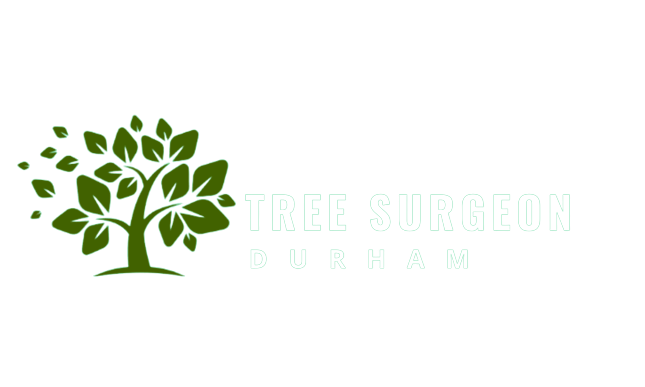How to beat a tree preservation order?
Tree Preservation order is an order set out by local councils enforcing the preservation and protection of trees, that carry amenity value and to also preserve wildlife nearby. This order makes it illegal to fell, prune, reduce or damage tree’s in anyway. Knowing what a tree preservation order is you will then be able to take the steps to get TPO removed from the tree you require to carry out the work you need on them. This can be done by requesting for their removal via your local council providing good reasoning and its necessity of its removal.
What does a tree preservation order do?
TPOs are not randomly assigned; they serve specific purposes, and their application involves a defined process:
- Preserving Land: TPOs can be used to safeguard land from certain developments, such as housing projects, to maintain green spaces.
- Protecting Rare Trees: Exceptionally old or rare trees with amenity value may be protected to ensure their survival.
- Wildlife Preservation: TPOs consider the environmental impact on wildlife supported by trees, emphasizing their role in ecosystems.
How to check if your tree has a preservation order in Middlesbrough?
TPOs are not randomly assigned; they serve specific purposes, and their application involves a defined process:
- Preserving Land: TPOs can be used to safeguard land from certain developments, such as housing projects, to maintain green spaces.
- Protecting Rare Trees: Exceptionally old or rare trees with amenity value may be protected to ensure their survival.
- Wildlife Preservation: TPOs consider the environmental impact on wildlife supported by trees, emphasizing their role in ecosystems.
When faced with a TPO-related issue, your initial point of contact should be the local authority tree officer. Their approach may vary slightly, but generally:
Assessment: They will typically visit the site and assess the tree’s condition, providing informal guidance on what can be done with or without formal consent.
Conditional Approvals: Minor work, such as removing dead or dangerous branches, may not require formal consent. However, certain actions, like a light crown reduction or limb removal encroaching on a house, may need an application (taking approximately six weeks and involving associated costs).
Challenging a TPO
Challenging a TPO’s appropriateness is possible but may require professional assistance:
Inappropriate TPO: If you believe the TPO is unjustified, consulting a tree surgeon or planning consultant to build a case might be necessary.
Tree Deterioration: If the tree’s condition has significantly worsened since the TPO’s issuance, you might argue for removal based on safety concerns.
Legal consequences of TPO violation
It’s vital to understand the legal implications of violating TPO regulations:
- Fines and Penalties: Courts can impose fines for contravening TPO regulations, including tree damage, destruction, or unauthorized work.
- Replacement Duty: If a protected tree is unlawfully removed, it must be replaced, and the new tree will automatically fall under the TPO.
Tree Preservation Orders are legal safeguards designed to protect trees and woodlands for the benefit of the environment and the community. Understanding the purpose, process, and consequences of TPOs is essential for homeowners, developers, and tree care professionals. Navigating TPOs responsibly ensures that trees continue to thrive while complying with the law. Always consult with your local council or a qualified arborist when dealing with TPO-protected trees to ensure compliance and the preservation of these invaluable natural assets.
